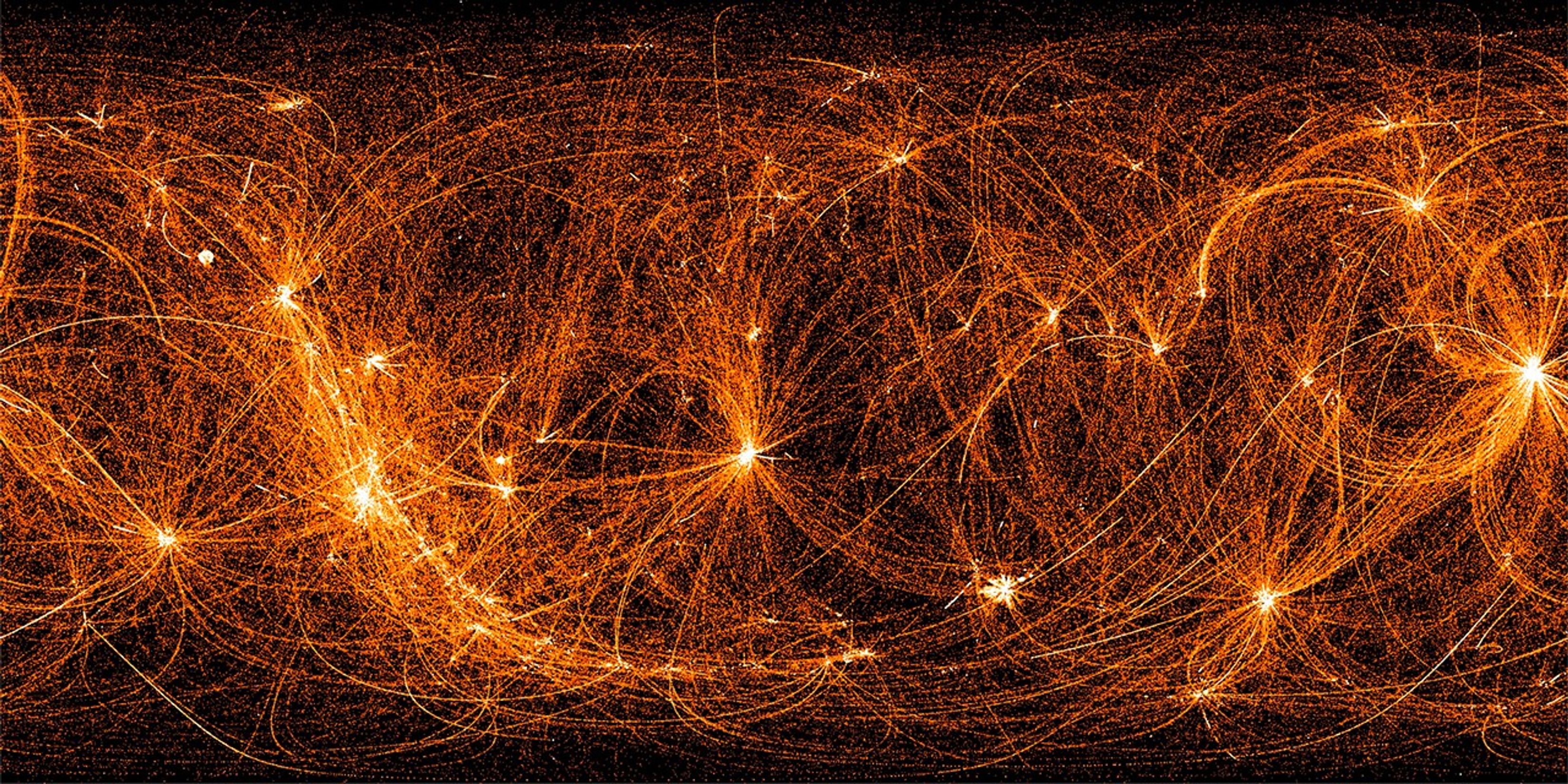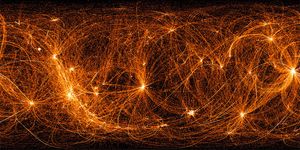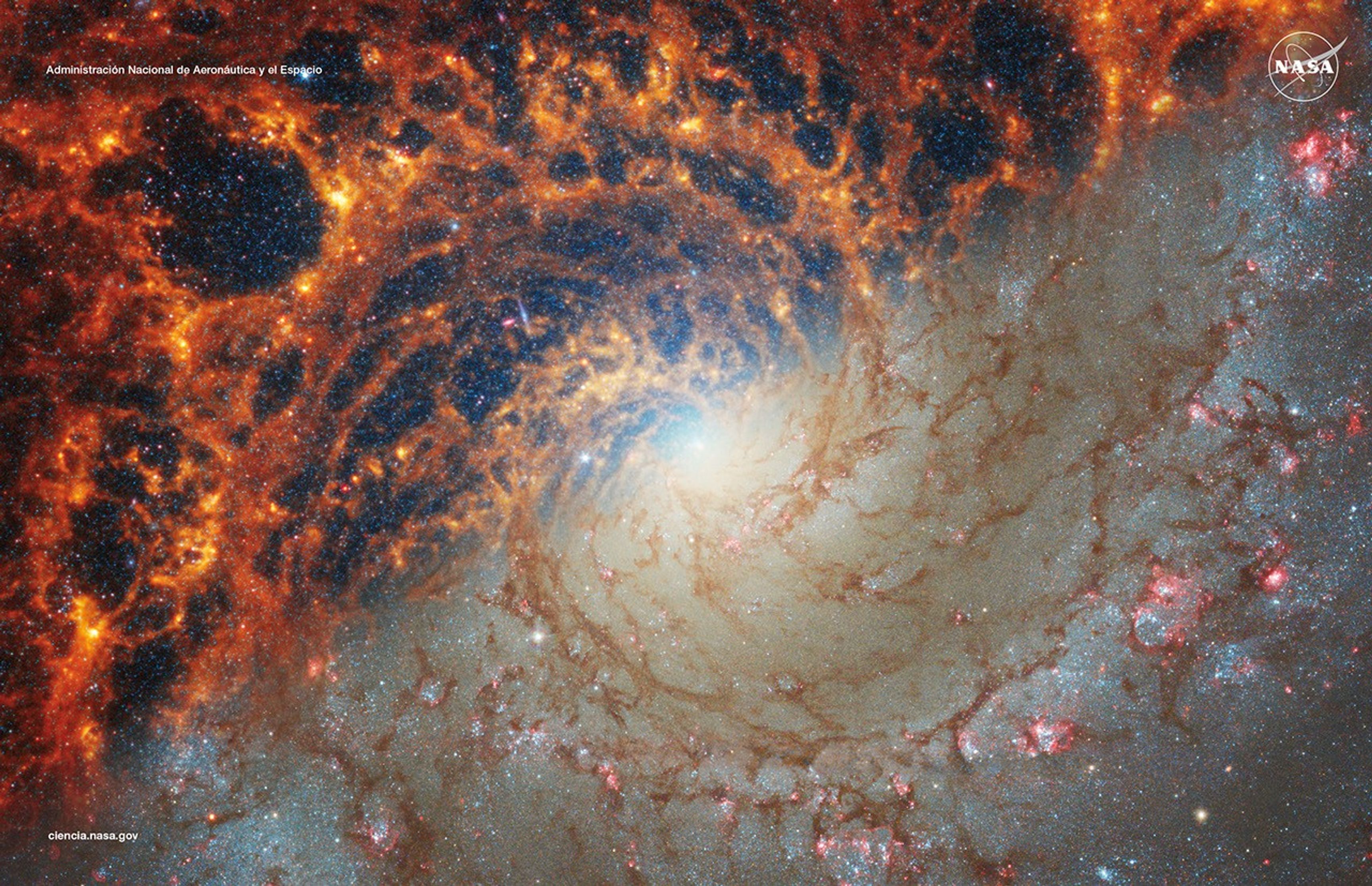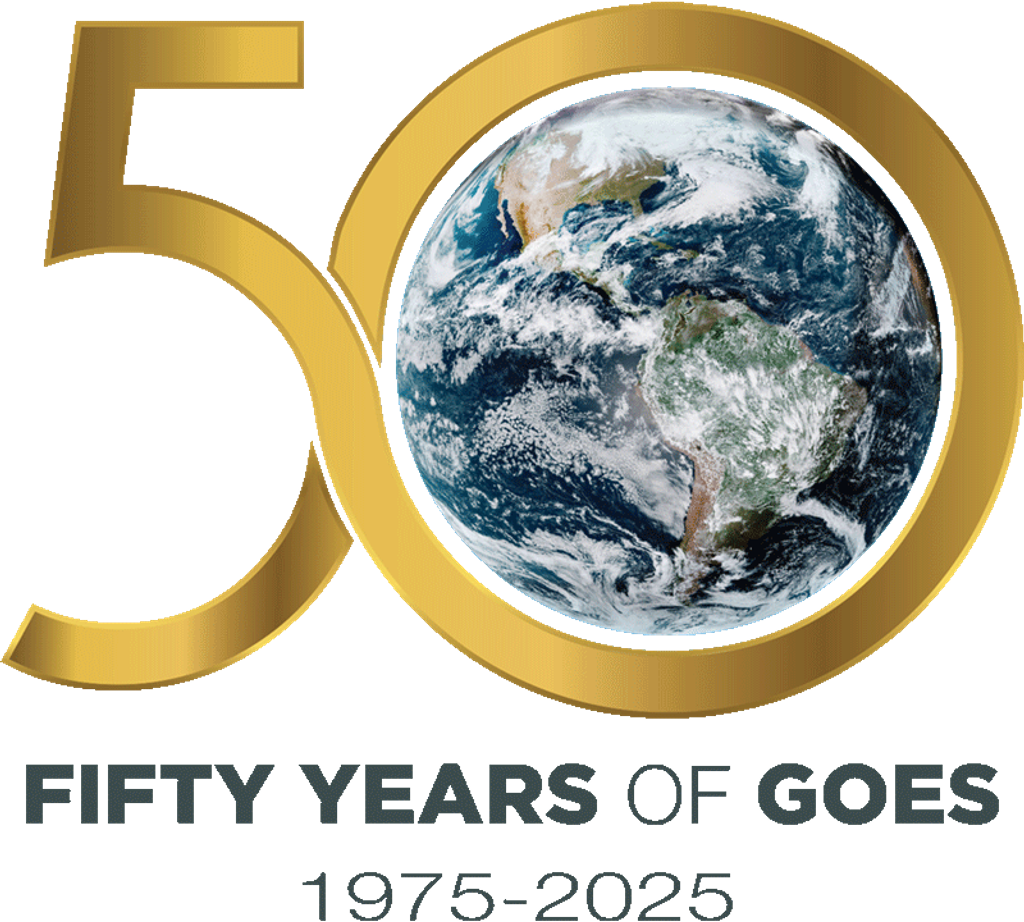Science Interest Group
X-Ray
The X-Ray Science Interest Group (XR SIG) serves as an active communication forum for X-Ray astrophysics. XR SIG is open to the scientific community.
About XR SIG
Supporting Mission Studies and Concept Development for Future X-Ray Observatories
The X-Ray Science Interest Group (XR SIG) will provide quantitative metrics and assessments to NASA with regard to future X-Ray observatories.
XR SIG will track and analyze evolving science goals and requirements in X-Ray astronomy, especially as current hot topics evolve. XR SIG will also analyze technology development and prioritization plans and assist the Physics of the Cosmos Program Analysis Group in determining technology needs.
The X-Ray Sky about Supporting Mission Studies and Concept Development for Future X-Ray Observatories
Subscribe to the XR SIG Email List
To join the list, send an email to XRSAG-join@lists.nasa.gov with Subject="join"
To unsubscribe, Send an email to XRSAG-leave@lists.nasa.gov with Subject="leave"
Your email address will be used only for the purpose of subscription to the selected email distribution list. For further information, read the NASA Web Privacy Policy.
X-Ray SIG Chairs
Current Chairs
| Name | Institution | Term |
|---|---|---|
| David Pooley | Trinity University | Dec 2021 – Dec 2025 |
| Chien-Ting Chen | USRA / MSFC | Feb 2023 – Dec 2025 |
| Fabio Pacucci | CfA | |
| Breanna Binder | Cal Poly Pomona | |
| Steven Ehlert | MSFC |
Former Chairs
Former chairs of the X-Ray Science Interest Group (XR SIG) who served on the PhysPAG Executive Committee from 2012 through 2021.
| Name | Institution | SIG | Term |
|---|---|---|---|
| Brian Grefenstette | Caltech | XR SIG / HWO | Jan 2024 |
| Grant Tremblay | Smithsonian Astrophysical Observatory | Observatory XR SIG | Dec 2019 – Dec 2023 |
| Jillian Bellovary | Queensborough Community College | GW SIG / XR SIG | 2019 – 2022 |
| Ryan Hickox | Dartmouth College | XR SIG | 2018 – 2022 |
| John Tomsick | UC Berkeley | GR SIG / XR SIG | 2016 – 2019 |
| Mark Bautz | MIT | XR SIG | 2014 – March 2018 |
| Ralph Kraft | SAO | XR SIG | 2016 – 2018 |
| Jay Bookbinder | SAO | XR SIG | 2012 – 2016 |
| John Nousek | Penn State University | XR SIG | 2013–2016 |
News & Events

Advancing Critical-Angle Transmission (CAT) Grating Technology for High Resolving Power Soft X-ray Spectroscopy Speaker Ralf Heilmann, MIT Abstract High resolving power soft x-ray spectroscopy has been confirmed by the Astro2020 Decadal Survey as a high-priority strategic measurement technique with R…

High-Resolution Hard X-ray Spectroscopy with Transition Edge Sensor Microcalorimeter Arrays Speaker Fabian Kislat (University of New Hampshire) Abstract Spectroscopy of X-ray and gamma-ray lines is one of the most powerful tools of high-energy astrophysics. Gamma-ray emission originating from decays of…

Developing CCD Detectors for Future X-ray Astrophysics Missions Speaker Eric Miller, MIT Abstract Future strategic X-ray missions require detectors with an unprecedented combination of frame rate, spatial resolution, bandwidth, and spectral performance. I report on ongoing work led by MIT…

Exploring Cosmic Ecosystems with Next-Generation X-ray Missions Speaker John ZuHone, Center for Astrophysics | Harvard & Smithsonian Abstract Galaxies are the nodes connecting the various processes driving the evolution of cosmic ecosystems. Within them, stellar winds, supernovae, and supermassive black…

Broadband X-ray Astronomy with HEX-P: Science Drivers and Community Priorities Speaker Javier Garcia (NASA GSFC) Abstract Broadband X-ray coverage—extending from soft to hard X-rays with high sensitivity and spectral resolution—is central to advancing our understanding of black hole growth, feedback,…

Subscribe to the XR SIG Email List To join the list, send an email to XRSAG-join@lists.nasa.gov with Subject=”join” To unsubscribe, Send an email to XRSAG-leave@lists.nasa.gov with Subject=”leave” Your email address will be used only for the purpose of subscription to the selected…
X-Ray SIG Documents
Decadal Survey White Papers Project
Unlocking the Capabilities of Future High-Resolution X-ray Spectroscopy Missions Through Laboratory Astrophysics
Time Domain Studies of Neutron Star and Black Hole Populations: X-ray Identification of Compact Object Types
News Straight to Your Inbox
Subscribe to your community email news list
We will never share your email address.



























